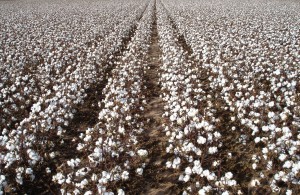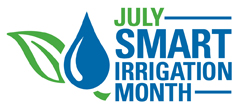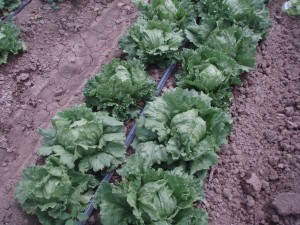Campbell’s Turns to Drip Irrigation to Grow More Tomatoes with Less Water
Water prices, water rights, drip irrigation, and last year’s dry winter are common topics of conversation for California growers. All have a common thread – the days of cheap limitless water supplies in California are fast approaching their end, and in districts further south in the Central Valley, are already here.
The folks at Campbell Soup know this. Which is why the company set goals last year to reduce water and fertilizer use by 20 percent per pound of tomatoes by 2020. This is on top of a 50 percent water reduction goal for its manufacturing plants.
One especially promising strategy is replacing sprinklers or furrow irrigation with drip irrigation. Though it costs about $1,000 per acre to install the drip system underground, the benefits are obvious. In addition to cutting water use by roughly 10 percent, it saves on fertilizer and helps farmers boost their tomato yields.
Campbell’s Turns to Drip Irrigation to Grow More Tomatoes with Less Water Read More »


 Although we should be mindful of our water use every month, July is the official “Smart Irrigation Month” because it is a peak month for outdoor water use. An initiative of the
Although we should be mindful of our water use every month, July is the official “Smart Irrigation Month” because it is a peak month for outdoor water use. An initiative of the  Increasing water costs and water scarcity are becoming critical issues that are affecting the bottom lines for growers’ businesses. Whether these issues are the result of droughts, environmental concerns, or water regulations, the fact is that growers need to improve their water management techniques.
Increasing water costs and water scarcity are becoming critical issues that are affecting the bottom lines for growers’ businesses. Whether these issues are the result of droughts, environmental concerns, or water regulations, the fact is that growers need to improve their water management techniques.